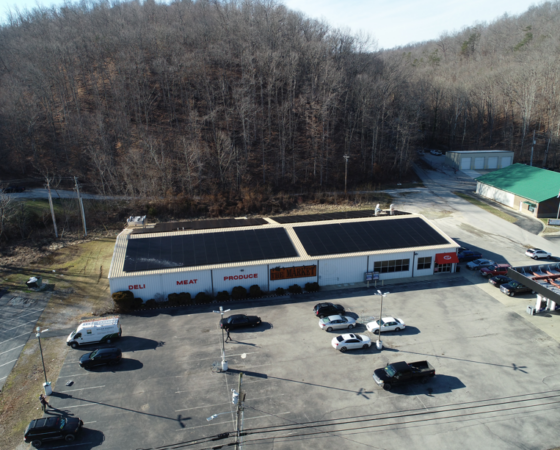Economist writer Jon Fasman has been paying attention to the role coal plays in the Appalachian economy, with a piece in the late January print edition of The Economist. He follows up that article with a video, "Reforestation in Coal Country," profiling Transition allies Chris Barton of the Appalachian Regional Reforestation Initiative (ARRI) and clean energy entrepreneur Nathan Hall of East Kentucky Biodiesel. Take a look at Jon's latest article and video (available here):
Appalachian terraforming
Feb 3rd 2012, 16:29 by J.F. | LAURINBURG, NORTH CAROLINA
IMAGINE you head a municipal utility company. Your coal-fired power plant is aging. Your plant is among the 47% of American plants that have not yet installed the scrubbers needed to bring it into compliance with new EPA regulations. You therefore face a choice. Do you a) install the scrubbers, b) build a new coal-fired power plant, c) build a natural-gas-fired power plant or d) invest in solar or wind power? All four options are expensive, and none is perfect, but the latter two, in most circumstances, are clearly the better options.
A week ago I wrote an article arguing that we are in or nearing the end of the American coal era. The country's coal-fired power plants are aging; natural gas abounds; the installation costs of renewables are falling; and environmental regulations are growing stricter and being properly enforced. Coal may well continue to provide more energy than any other single source for some decades to come, but it will probably never again generate the majority of America's energy, as it did for much of the 19th and all of the 20th centuries. Still, coal will not vanish overnight. Neither will mountaintop-removal mining, which now accounts for much of the coal Appalachia produces. But, as this video shows, some ingenious Kentuckians are figuring out how to restore removed mountaintops.





